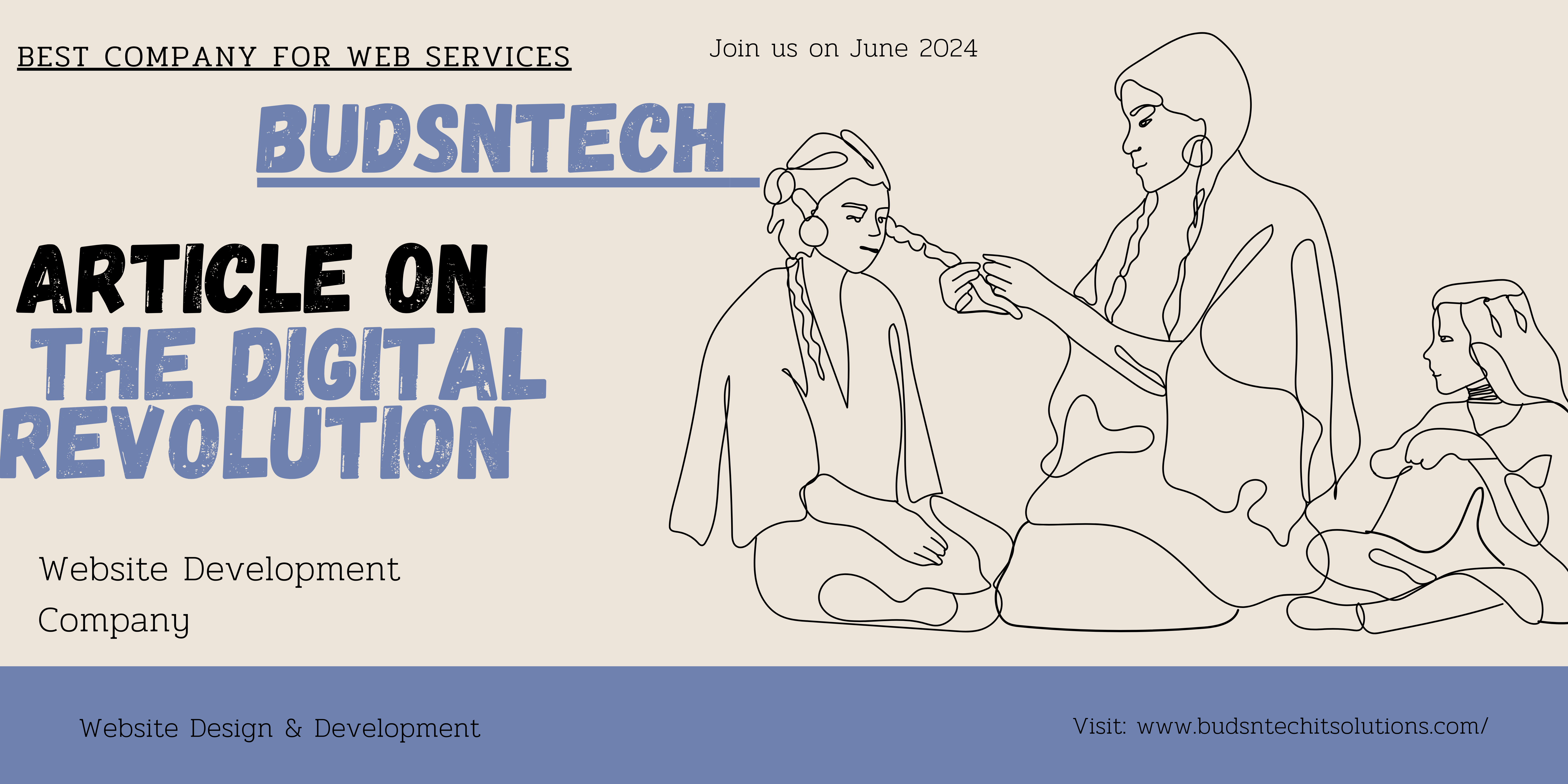[et_pb_section fb_built=”1″ admin_label=”section” _builder_version=”4.16″ custom_padding=”23px|||||” da_disable_devices=”off|off|off” global_colors_info=”{}” da_is_popup=”off” da_exit_intent=”off” da_has_close=”on” da_alt_close=”off” da_dark_close=”off” da_not_modal=”on” da_is_singular=”off” da_with_loader=”off” da_has_shadow=”on”][et_pb_row admin_label=”row” _builder_version=”4.16″ background_size=”initial” background_position=”top_left” background_repeat=”repeat” global_colors_info=”{}”][et_pb_column type=”4_4″ _builder_version=”4.16″ custom_padding=”|||” global_colors_info=”{}” custom_padding__hover=”|||”][et_pb_text admin_label=”Text” _builder_version=”4.16″ background_size=”initial” background_position=”top_left” background_repeat=”repeat” global_colors_info=”{}”]
The Techrevolution: Transforming Society with Technological Advances
Introduction:
The Digital Revolution, also known as the Third Industrial Revolution, is a period marked by the shift from traditional industrial economies to a digital, information-based economy. This transformation has been driven by the rapid development and adoption of digital technology, fundamentally altering the way we live, work, and interact. From the advent of the internet to the proliferation of smartphones and the rise of artificial intelligence, the Digital Revolution has had a profound impact on every aspect of society.
The Advent of the Internet:
The backbone of the Digital Revolution is the internet. Initially a tool for military and academic research, the internet has grown into a global network that connects billions of people. The World Wide Web, introduced in the early 1990s, made the internet accessible to the general public, leading to the creation of websites, online services, and the digital marketplace. E-commerce, social media, and cloud computing are just a few of the internet-based innovations that have reshaped industries and daily life.
Mobile Technology and Connectivity:
The widespread adoption of mobile technology has been a key driver of the Digital Revolution. The smartphone, in particular, has become an indispensable tool, combining the functions of a phone, computer, camera, and more. Mobile devices have democratized access to information and communication, enabling real-time connectivity and the on-demand economy. The proliferation of mobile apps and services has further extended the reach of digital technology into every corner of daily life.
The Rise of Social Media:
Often Social media platforms have revolutionized communication and the information sharing. Sites like Facebook, Twitter, and Instagram have billions of users, connecting people across the globe and changing the nature of social interactions. Social media has also transformed marketing, politics, and activism, providing a powerful tool for both individuals and organizations to reach and engage with large audiences.
Artificial Intelligence and Automation:
Nowadays Artificial intelligence (AI) and machine learning are at the forefront of the Digital Revolution. AI technologies are being integrated into various sectors, from healthcare and finance to transportation and manufacturing. Automation and robotics, powered by AI, are increasing efficiency and productivity, although they also raise concerns about job displacement and the future of work.
The Internet of Things (IoT):
Basially, IoT refers to the network of physical objects embedded with sensors, software, and other technologies to connect and exchange data with other devices and systems over the internet. From smart homes to industrial sensors, the IoT is creating a more interconnected and responsive world, improving efficiency and enabling new forms of data analysis.
Impact on Society:
The Digital Revolution has had a transformative effect on society, offering unprecedented access to information, enhancing communication, and creating new economic opportunities. However, it has also brought challenges, including privacy concerns, digital divide issues, and the need for new regulatory frameworks to manage digital rights and responsibilities.
Conclusion:
The Digital Revolution is an ongoing process that continues to evolve at a rapid pace. As technology advances, society must adapt to harness the benefits of digital innovation while addressing the challenges it presents. From the individual to the global scale, the impact of the Digital Revolution is undeniable, and its future developments will shape the course of the 21st century.
By :Amit Balodhi
[/et_pb_text][/et_pb_column][/et_pb_row][/et_pb_section]

Leave a Reply